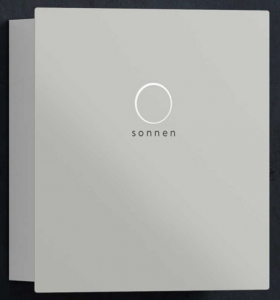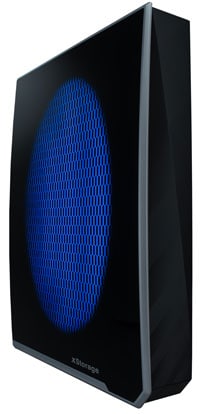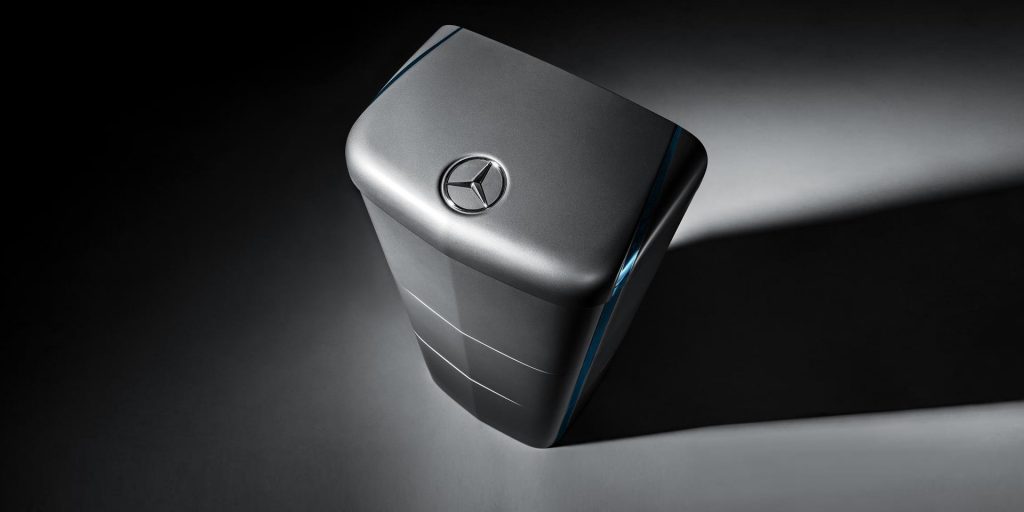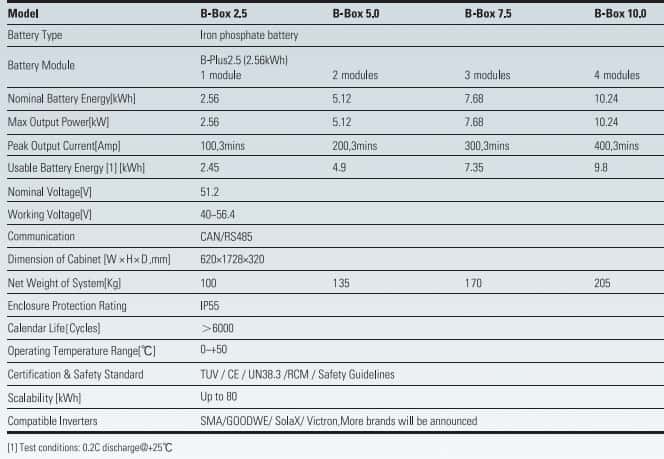Sales of the zinc-bromide flow batteries pioneered by ex Internode CEO Simon Hackett’s Redflow have been halted temporarily after a number of faults were found in tests on seven recently replaced batteries. According to a press release, this was due to a “different observed failure mode.”
Redflow ZCell Battery
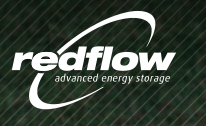
Redflow’s main solar storage offering, the ZCell, touted as a Tesla Powerwall 2 competitor, has a number of significant differences to a standard lithium-ion battery and appears to still be in the problem solving phase of development due to the errors. A fault in the zinc-bromide flow batteries means that sales of new batteries have been paused pending “the outcome of further testing” after some impurities in the electrolyte were found “beyond acceptable levels”.
Although a disappointing outcome, the speed at which the problems have been detected and the rapid response from the Redflow team means that this is far from a death knell – the team are simply ensuring they’re able to deliver reliable and great value solar storage without compromising the integrity of the product.
“Most of these problems were resolved on an ongoing basis via ‘over the air’ remote deployment of updates to battery software,” according to their ASX market update. “Thus, lessons learned from ‘real world’ customer deployments are being fed back into product improvement.” According to One Step Off the Grid, there are currently about $1m of backorders, 96 batteries in stock, and 120 currently in transit from manufacturing. Of these battteries a total of 23 have been repaired/replaced in 2017 – so a fairly small number.
Redflow Future
In other news as per an update on ‘working capital facility’ an extra $2m in funding has been offered by CEO Simon Hackett to the business.
“Redflow Limited refers to its announcement of 29 March 2017 and is pleased to advise that, at Redfow’s request, Hackett CP Nominees Pty Ltd (Financier) has elected to provide up to a further $2 million advance in tranches as and when required.”
So it looks like Hackett is sold on trying his best on making the zinc-bromide battery model work. They have an innovative design and there are many benefits to zinc-bromide solar batteries, so we hope to see great things from them in the coming months and years and this is just a minor problem. We’ll keep you updated!

